Scottish soldiers' sad demise in Durham will be remembered by new play
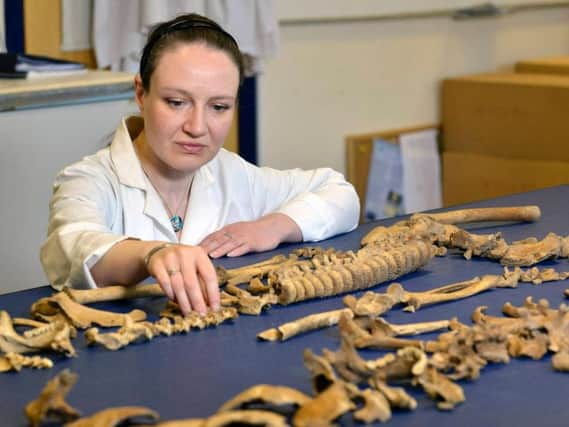

Archaeologists from Durham University found that bones unearthed at two mass burial sites in the city in 2013 were those of prisoners of war from the 1650 Battle of Dunbar.
They were forced to march to Durham and imprisoned in the then-disused Cathedral and Castle, and the play, Woven Bones, brings to life their untold story.
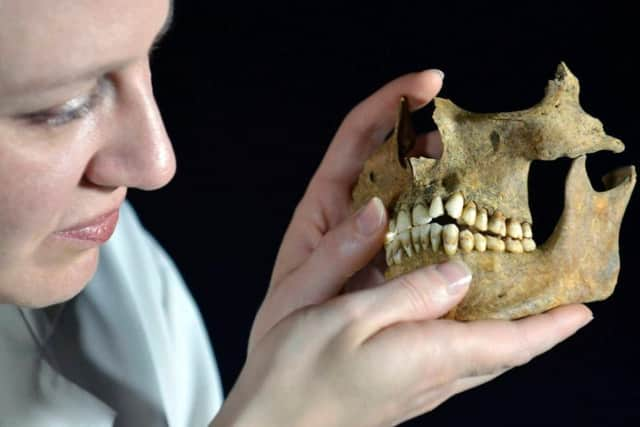

Advertisement
Hide AdAdvertisement
Hide AdIt tells the story of how archaeologists at Durham University used cutting-edge science to trace the soldiers' story.
The Battle of Dunbar only lasted an hour, but for the soldiers it changed the course of their lives.
After being taken prisoner, they were forced to march the 111 miles from Dunbar to Durham, and many died when they got there.
Audiences will get the chance to meet some of the Durham University team behind the excavation of their graves, and hear first-hand about the painstaking work that went into discovering who the soldiers were.
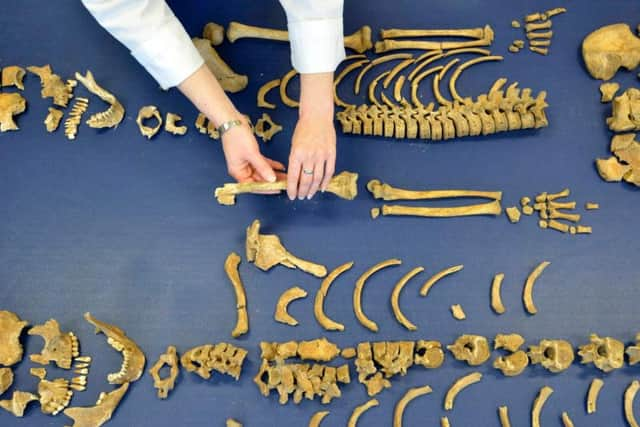

Advertisement
Hide AdAdvertisement
Hide AdThe Cap-a-Pie production was penned by playwright Laura Lindow, an award-winning Scottish writer/director based in the North East.
She said: "The process of the Durham University teams working together to tease out the story of the soldiers has been fascinating, so it’s really exciting to collaborate with them.
"I did some work with the forensic department at Teesside University years ago, and I was struck by the subject of forensic archaeology and the idea driving it, of returning names of missing people to their families.
"Reading the responses of the Scottish soldiers’ descendants to the discovery of the remains, I can understand now how true this is - people have a real need to settle on what actually happened."
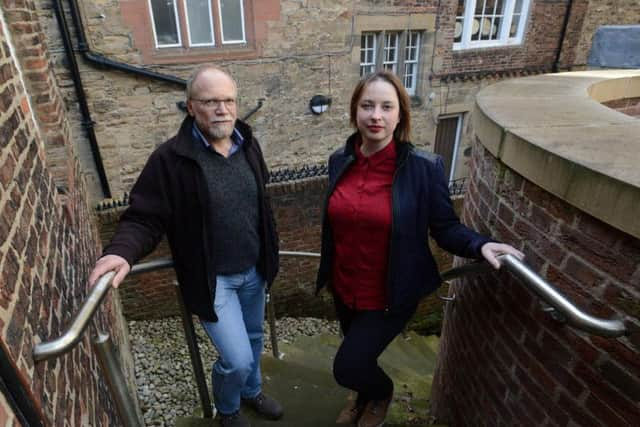

Advertisement
Hide AdAdvertisement
Hide AdAn exhibition revealing how the university archaeologists pieced together evidence to establish the identity of the 17th century soldiers opens in June.
Featuring a reconstruction of the face of a soldier who was imprisoned and died in Durham after the Battle of Dunbar, it brings together material from collections across the UK and beyond.
It shows how the latest scientific techniques have revealed more about the soldiers’ story – how they lived, why they died, and what became of those who survived.
Professor Chris Gerrard of Durham University’s Department of Archaeology said: “Through this new exhibition we want to give a voice to these young men who lost their lives more than 300 years ago, and show how it’s been possible to find out details about their lives using the latest scientific techniques.
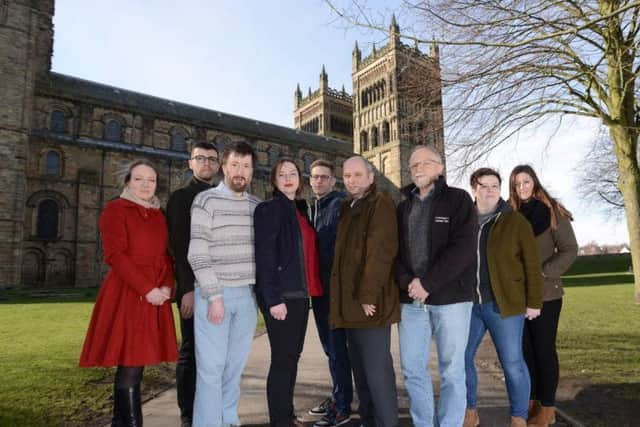

Advertisement
Hide AdAdvertisement
Hide Ad"This performance adds a new dimension to the huge amount of research that’s gone into uncovering their story, and it really brings home the reality of what the soldiers must have gone through as they marched from Dunbar to Durham.”
:: Woven Bones is touring during June and July, starting in Dunbar and ending in Durham. Visit www.cap-a-pie.co.uk/woven-bones for more information or to book tickets.
:: Bodies of Evidence: How Science Unearthed Durham’s Dark Secret opens at Palace Green Library, Durham University, on June 9, and runs until October 7.